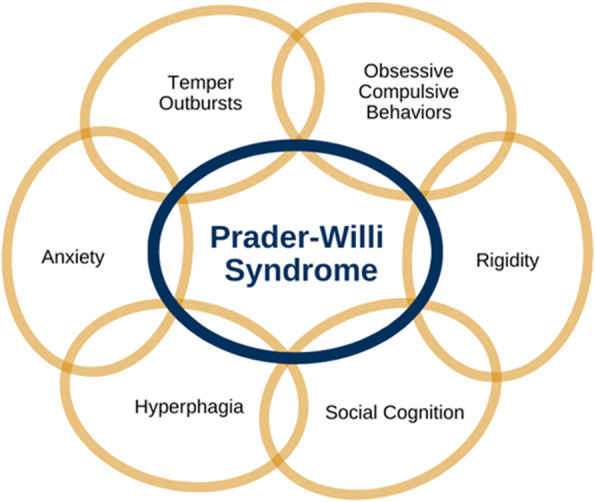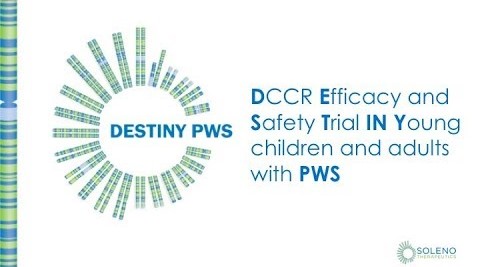Pharmacodynamic gene testing should be considered before initiating pharmacotherapy in PWS
NOV 2020 – It is known that side effects of psychotropic medications are often atypical in PWS compared to the general population, which is why a lower dose is often recommended to avoid the potential of adverse effects. This may be because medications are metabolised differently, or due to neurosensitivities. Psychtropic treatments can sometimes be counter effective and can result in the worsening of symptoms (mood activation). Therefore, it is recommended to start low and slow, introducing only one new treatment at a time, so that effects can be evaluated. Sometimes this results in patients spending years trying to find the right balance of mental health treatments. However, a new type of service has now become available using pharmacogenomics (the analysis of how genes affect a person’s response to drugs) to find an appropriate individual treatment without the need to trial lots of medications first. This is not routinely available in New Zealand, but for a fee, a test can be done and is usually sent overseas for testing.
Drs Janice Forster, Jessica Duis and Merlin Butler have published a small study of 33 patients which explored gene alterations in PWS and examined how genetic profiles may affect response to psychotropic medications. Trends were observed that indicated differences between the genetic subtypes of PWS (UPD and DEL).
They used pharmacodynamic testing (assessment of genes that code for neurotransmitter receptors and transporters, antigens, and enzymes that have an impact on drug activity and response) to assess how genes directly targeted by psychotropic medications vary, including between the PWS genetic subtypes, and examined how that variation might impact on how the medication works. The genes examined were the serotonin transporter, serotonin 2A and 2C receptors (HRT2A and HRT2C), catechol-o-methyltransferase (COMT enzyme), the adrenergic receptor 2A (ADRA2A), methylene tetrahydrofolate reductase (MTHFR enzyme) and human leucocytic antigens. Differences were observed across all genes tested.
The researchers summarised some of the differences observed as follows: “those with UPD displayed an increased frequency of the L allele of the serotonin transporter and an increased frequency of VAL/VAL polymorphism of COMT gene. Those with DEL displayed increased frequency of HRT2A polymorphisms associated with risk of autonomic and respiratory dysfunction in infancy and sleep apnea and metabolic syndrome with age. Among patients of both subtypes, there was an increased frequency of serotonin 2C polymorphism resulting in potential risk for side effects associated with pharmacotherapy with SSRIs and atypical neuroleptics. There were genetic subtype differences for the ADRA2A gene suggesting increased risk of side effects in DEL and decreased efficacy in UPD during treatment with alpha-adrenergic agonists. MTHFR results indicate that both PWS genetic subtypes have an increased frequency of diminished function alleles, as well as increased frequency of compound genotypes associated with potential risk of developing psychosis. “
Some of the key findings were:
- There is a greater potential for clinical response to lower doses of SSRIs, as well as mood activation at typical doses.
- Those with the UPD subtype may be more susceptible to mood and behaviour activation.
- Those with the DEL subtype are at greater risk for adverse effects, sleep apnoea and metabolic syndrome with antipsychotic medications.
- There is a greater risk of side effects of weight gain and movement disorder associated with the use of atypical antipsychotic medications.
Due to the small sample size, no statistical significance was found, but the researchers concluded that the results suggest that pharmacodynamic gene testing should be considered before initiating pharmacotherapy in PWS and that larger scale studies are warranted.
This is a very interesting area of research which can lead to the development of more appropriate individual treatment plans, but it also adds to the overall understanding of brain biochemistry in PWS and notes there is more to learn.
Therapeutic treatments being prescribed or developed to target different aspects of PWS are likely to have different affects than they would in the general population and when treating patients with PWS, the potential for drug-drug interactions needs to be more carefully considered.


